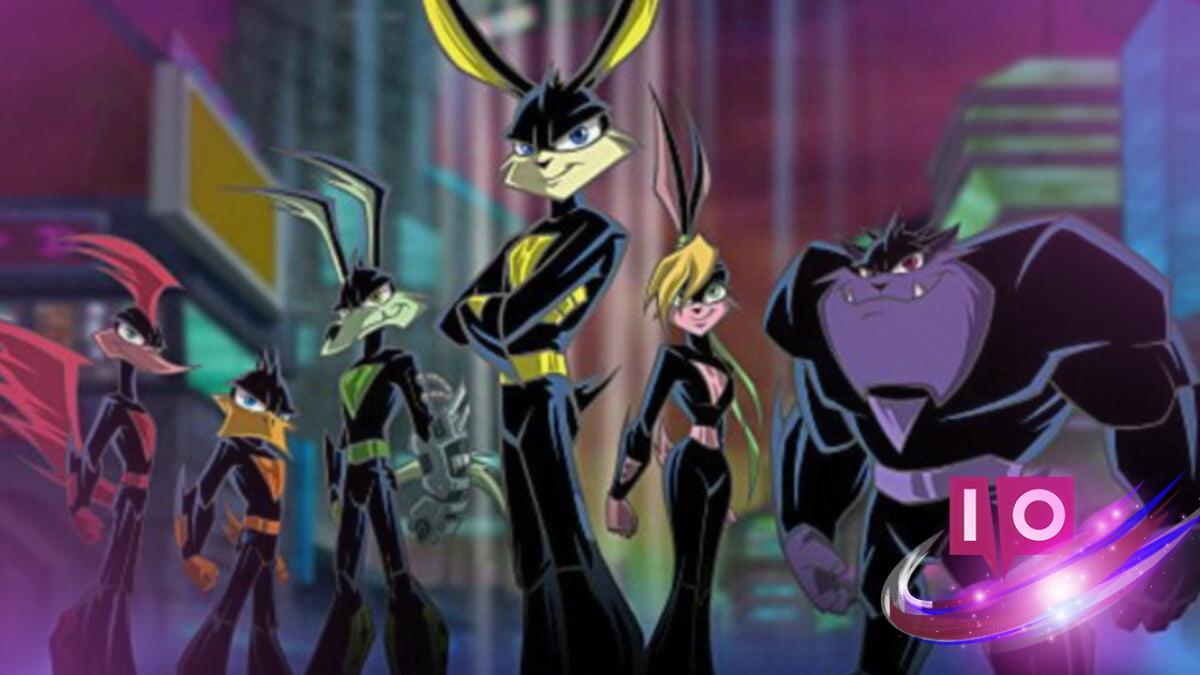In today’s era of intellectual property (IP) focus, it’s fascinating to revisit older properties and see how they’ve evolved. This trend isn’t as new as it might seem. Think back to the early to mid-2000s, when the Looney Tunes ventured into uncharted territory as superheroes.
Loonatics Unleashed premiered on September 17, 2005, marking the franchise’s entry into the action genre. Set in the year 2722, the series introduced us to the Loonatics, ordinary individuals who gained superpowers from a meteor strike on Acmetropolis. While some heroes wielded flashy powers like laser vision, others channeled their Looney ancestors’ quirks—Tech E. Coyote was functionally immortal, and Rev Runner showcased lightning-fast speed.
Although Loonatics ran for just two seasons, it left an imprint on my memory. I vividly remember the backlash from its initial reveal. The transformation from classic Looney Tunes characters into angular beings cloaked in black suits sparked outrage among fans. This aesthetic shift prompted an online uproar, especially fueled by critical videos from TLG Media, which dissected the show’s contrasting visual styles. It’s intriguing how perceptions shape our view of a show, isn’t it?
The show’s dark reputation seems unfounded when watched. Aside from a somewhat edgy theme song, Loonatics Unleashed didn’t dive into a genuinely dark narrative, especially compared to other Kids’ WB series like The Batman or X-Men Evolution. The Loonatics primarily fought villains, delivering jokes that echoed classic Looney Tunes humor. One episode even plays off the familiar “That’s All, Folks!” tagline, reinforcing the essence of its iconic predecessors.
While watching our heroes face off against a Sylvester-esque bounty hunter or a psychic dolphin voiced by Mark Hamill, it was clear the lighthearted approach contrasted with the seriousness of many action cartoons at the time. It’s no surprise that such a whimsical show didn’t last, with WB turning its focus elsewhere after its cancellation, only briefly referencing it through parodies like Teen Titans Go! in 2024.
Ultimately, Loonatics Unleashed exemplified Warner Bros.’ attempts throughout the 2000s to keep the beloved Looney Tunes characters relevant, following earlier endeavors like Baby Looney Tunes and Duck Dodgers, and leading to the more traditional Looney Tunes show.
In a broader television landscape, this series illustrates how malleable IP has become, often adjusting to whatever is trending or appealing to niche audiences. From Loonatics to the transformation of franchises like James Bond and comic book adaptations, you can see the evolution in how entertainment is packaged. Even Looney Tunes itself has seen a variety of adaptations over the decades, catering to fans with diverse interests.
However, we can’t call Loonatics Unleashed a hidden gem or a visionary show. What it succeeded in doing was highlighting the limits of how far audiences are willing to accept deviations from beloved characters. This realization has probably spared future franchises from experimenting in more unsettling ways. Coming out in the mid-2000s saved it from harsher critiques in a fandom that has become increasingly vocal and critical.
So, here’s to you, Loonatics: you entered the scene and exited gracefully. As time has passed, perhaps your appeal has grown, and for anyone curious, both seasons are now available to binge on Prime Video.
Do you remember how Loonatics Unleashed compared to other cartoons of its time? Understanding its role can help us appreciate the landscape of animated series and their adaptations.
Have you ever wondered why Loonatics Unleashed didn’t receive more popularity? The answer lies in its quirky, light-hearted style at a time when the industry leaned towards more intense action and serious narratives.
What can we learn from Loonatics Unleashed about reimagining classic characters? Its example shows that while reinvention can create buzz, there are limits on how much deviation audiences will accept.
To wrap it up, if you’re intrigued by the journey of Looney Tunes and how they continue to evolve, check out more insightful content at Moyens I/O.
